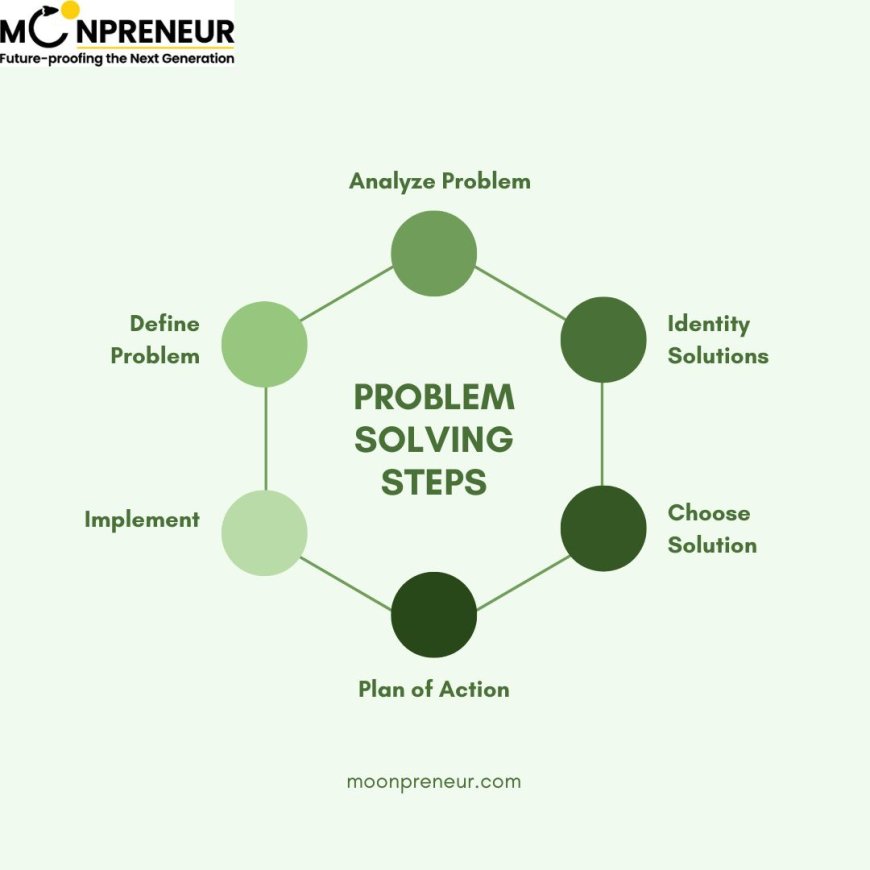Exploring the Hardest Math Problems for Kids
Dive into the hardest math problems made simple for kids! Solve fun puzzles like the Four Color Theorem and Cheryl’s Birthday with clear solutions. Moonpreneur helps young minds enjoy challenging math and grow their skills!

Mathematics is like a treasure hunt, full of puzzles waiting to be solved! For kids in the US, tackling challenging math problems can spark excitement and boost brainpower. Some math problems are so intriguing that theyve puzzled even the greatest mathematicians. In this article, well dive into some of hardest math problems that kids can still enjoy, with simple explanations and a cool equation to inspire young learners. These mathematical problem solutions will turn math into a fun adventure!
Why Hard Math Problems Are Exciting for Kids
Math is more than just numbersits about cracking codes and spotting patterns. Programs like those from Moonpreneur inspire kids to embrace challenges by making learning interactive and fun. Moonpreneurs innovative approach helps children in grades 3-8 explore advanced math concepts through hands-on activities, building skills for the future. By tackling tough math problems, kids gain confidence and learn to think creatively.
A Famous Hard Math Problem: The Four Color Theorem
One of the coolest math puzzles is the Four Color Theorem. It asks: Can you color any map with just four colors so that no two touching regions have the same color? Picture coloring a map of the United States where no two states next to each other share the same color. It sounds easy, but it took mathematicians over 100 years to solve!
Solution Example: In 1976, mathematicians used a computer to check thousands of map designs and proved four colors are enough. Kids can try this by drawing a simple map with a few shapes and coloring them with just four colorsred, blue, green, and yellowwithout letting touching areas match. Its like a coloring game that teaches logic!
A Tricky Puzzle: The Cheryls Birthday Problem
Another exciting challenge is Cheryls Birthday Problem, which became famous after being given to kids in a math competition. Cheryl gives her friends Albert and Bernard a list of 10 possible birthday dates (like May 15, May 16, June 17, etc.). She tells Albert the month and Bernard the day. Through clever clues, they figure out her exact birthday. This puzzle is perfect for kids who love detective work!
Solution Example: By following the clues (like Albert saying, I dont know the birthday, but I know Bernard doesnt know either), kids can narrow down the dates step by step. The answer often points to a single date, like July 16, through logical thinking. Kids can make their own guess the date games to practice.
A Complex Equation to Amaze Young Minds
Heres a famous equation tied to the Riemann Hypothesis, one of the hardest unsolved math problems, simplified for kids. Its about prime numbers (numbers divisible only by 1 and themselves, like 2, 3, 5). The equation uses the zeta function:
[
\zeta(s) = \sum_{n=1}^{\infty} \frac{1}{n^s} = \frac{1}{1^s} + \frac{1}{2^s} + \frac{1}{3^s} + \dots
]
What It Means for Kids: Think of this equation as a secret code for finding patterns in prime numbers. For example, when (s = 2), it adds up to about 1.644, which is connected to (\pi^2/6). Kids dont need to solve itjust enjoy how it looks like a math superpower! Its like a map to hidden number treasures.
Tips for Solving Hard Math Problems
Here are kid-friendly ways to crack tough mathematical problem solutions:
- Break It Down: Split the problem into smaller pieces. For Cheryls Birthday, list all dates and cross them out as clues rule them out.
- Draw Pictures: Use diagrams to see problems like the Four Color Theorem clearly.
- Think Logically: Practice with logic games to get better at reasoning.
- Have Fun: Treat math like a puzzle gamemistakes help you learn!
Why These Problems Matter
Hard math problems teach kids to think outside the box and keep trying, even when things get tricky. Moonpreneur encourages this mindset by offering programs that make math a thrilling journey. Whether coloring maps or solving birthday puzzles, kids build skills for school and beyond, turning challenges into opportunities for growth.



































